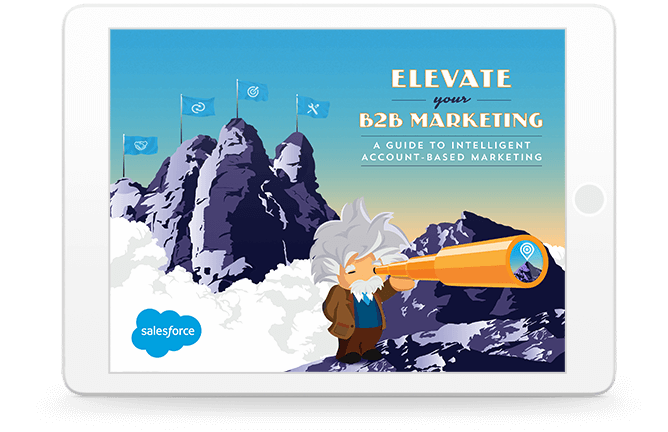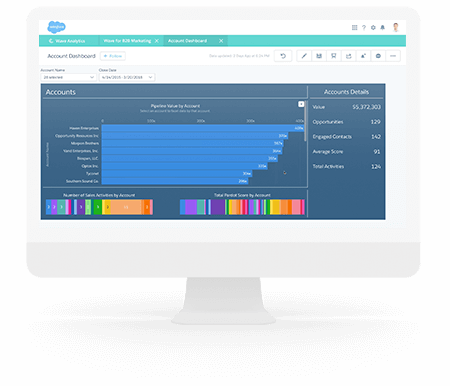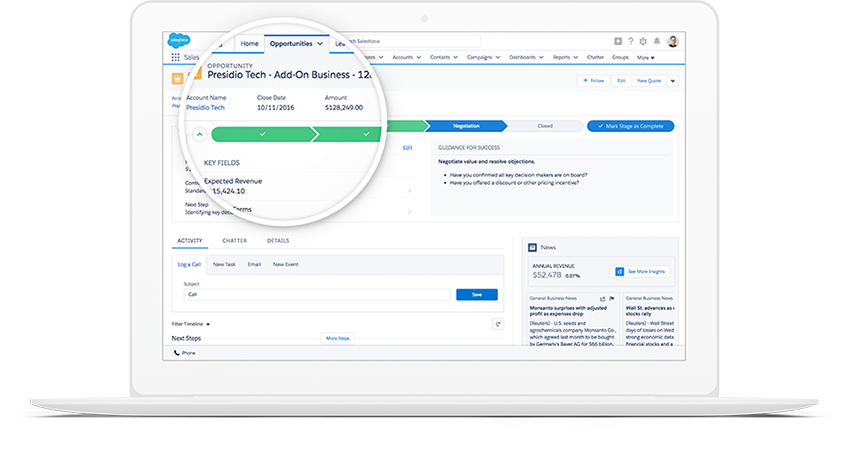sales funnel
Encourage Customer Journeys and Improve the Middle of Your Funnel

By Kathryn Casna
Is your sales team working hard, but not quite hitting your conversion goals, despite receiving plenty of leads from marketing? You’re not alone. You could hire only cream-of-the-crop sales pros and invest top dollar in getting leads, and still struggle with converting every possible new customer.; Low conversion rates are most likely a problem that both sales and marketing share—and can work together to solve. Solid conversion rates are achievable with just a bit more coordination in the middle of your sales funnel, as well as with the help of customer journeys.
Standing Outside the Funnel
The sales funnel is a great way to break down the process of selling any product or service, and top closers passionately adhere to it. At the top of the funnel, or TOFU, it’s all about how marketing can attract customers who are making wide, slow circles around your company. This is where you’ll find marketing qualified leads, or MQL.
The middle of the funnel (MOFU) is where marketing hands off promising leads to sales so they can do what they do best: close the leads that are preparing to convert (known as sales qualified leads, or SQL). Later, sales and service focus on closing the sale and getting repeat business in the bottom of the funnel (BOFU).
The sales funnel is great for describing how your business can get from having leads to having customers, but it doesn’t reveal much about what your customers go through in the process. Your sales process, from start to finish, should be about the customer. And if you don’t have a good picture of what’s happening inside the funnel (and inside the heads and hearts of your customers) at each step, it’s nearly impossible to fine-tune the funnel itself.
That’s where customer journeys come into play. They help you get in touch with your customers so you can guide them from one part of the sales funnel into the next. Specifically in the middle of the funnel, customer journeys help with two struggles that may be holding your conversion rates back:
Knowing which leads are ready
Handing off leads effectively
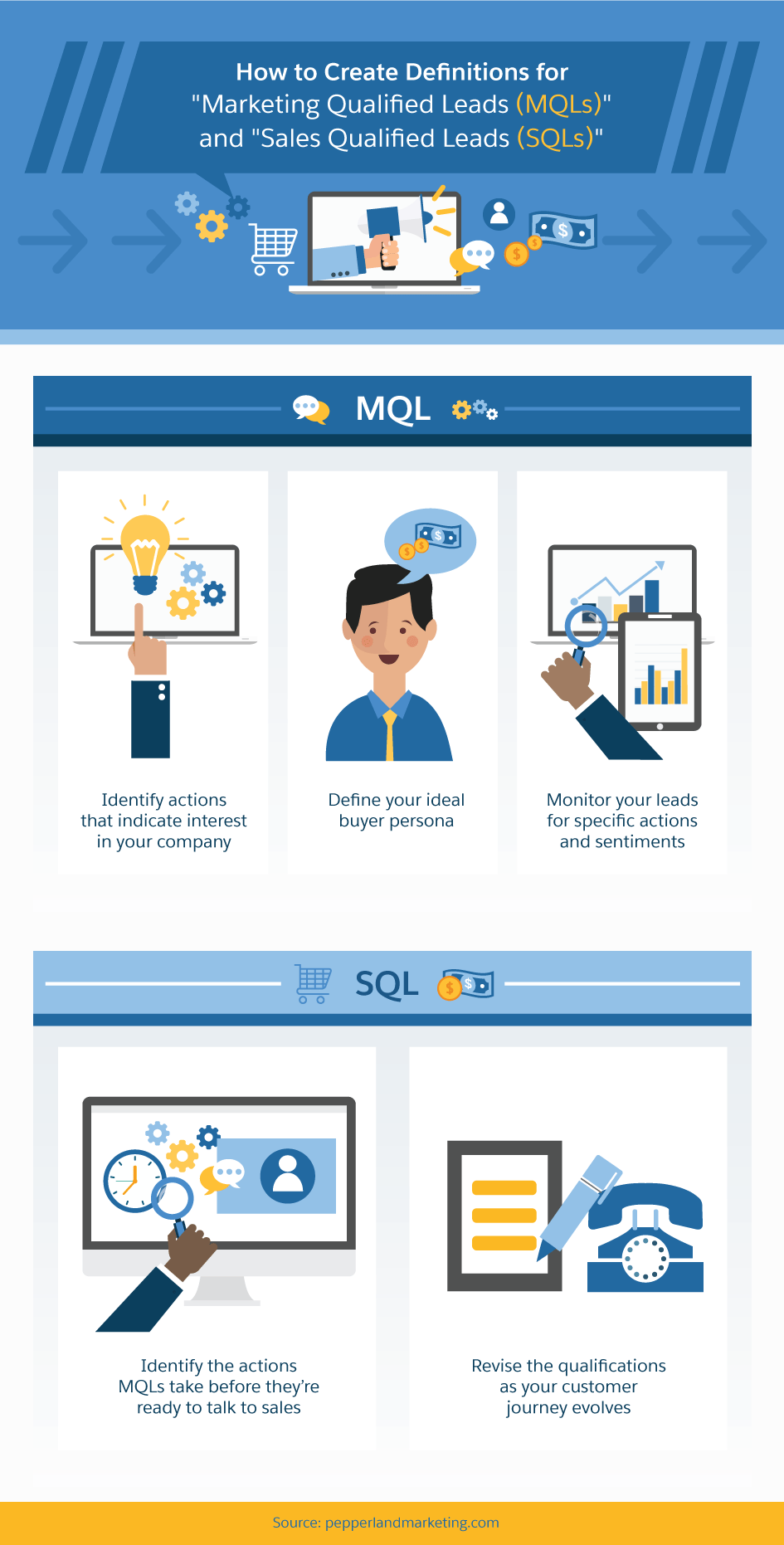
Pinpointing the Moment of Conversion
Jeremy Miller, author of Sticky Branding, reveals that 97 percent of people in your market are not ready to buy, and only seven percent of those people will be convertible with a well-timed sales call or marketing campaign. That means, at maximum, marketing should be sending fewer than 10 percent of all possible leads (MQL) onto sales. Forwarding more than that could lead to valuable time and energy wasted on trying to turn dead ends into gold.
There are no hard and fast rules for when a prospect is ready to convert. It depends on your brand, industry, and customers. If you’re not sure which leads to pass onto sales and which need to stay with marketing, this could be causing poor conversion rates. But it’s not just about the numbers. Making the handoff too early (or ineffectively) can give a brand a reputation for being too pushy. Too late, and you could miss out on both an initial sale and a lifelong customer who’s perfect for your brand.
So how many SQLs does your marketing team produce? Some experts would say roughly 10 percent, and it’s tempting to flood sales with all possible qualified leads. The more they get, the more they can convert, right? But it’s actually more effective to focus on the right ones at the right times.
Marketing Qualified Leads Vs. Sales Qualified Leads
How can you tell if a MQL is ready to become a SQL? There are some fairly distinct signs. Here’s what to look for.
MQLs
When should you keep a prospect in the care of your marketing department? MQLs are potential buyers who have already interacted with your brand. For example, they’ve:
Shown interest beyond a few website visits to read a couple of blog posts.
Asked for more information. You’ve shared some higher-level content with them, such as reports, ebooks, white papers, detailed brochures, or other content. In exchange, they’ve given you some information about themselves, including basic demographics and contact information.
Spent time on your sales pages. They may be just a click or two away from purchasing or setting up an appointment.
Attended your events, such as webinars or live demonstrations, and asked questions.
In short, they’re starting to look pretty interested in you, your brand, and the products and services you provide. Many marketing teams would hand these leads over to sales. But marketing isn’t quite done yet.
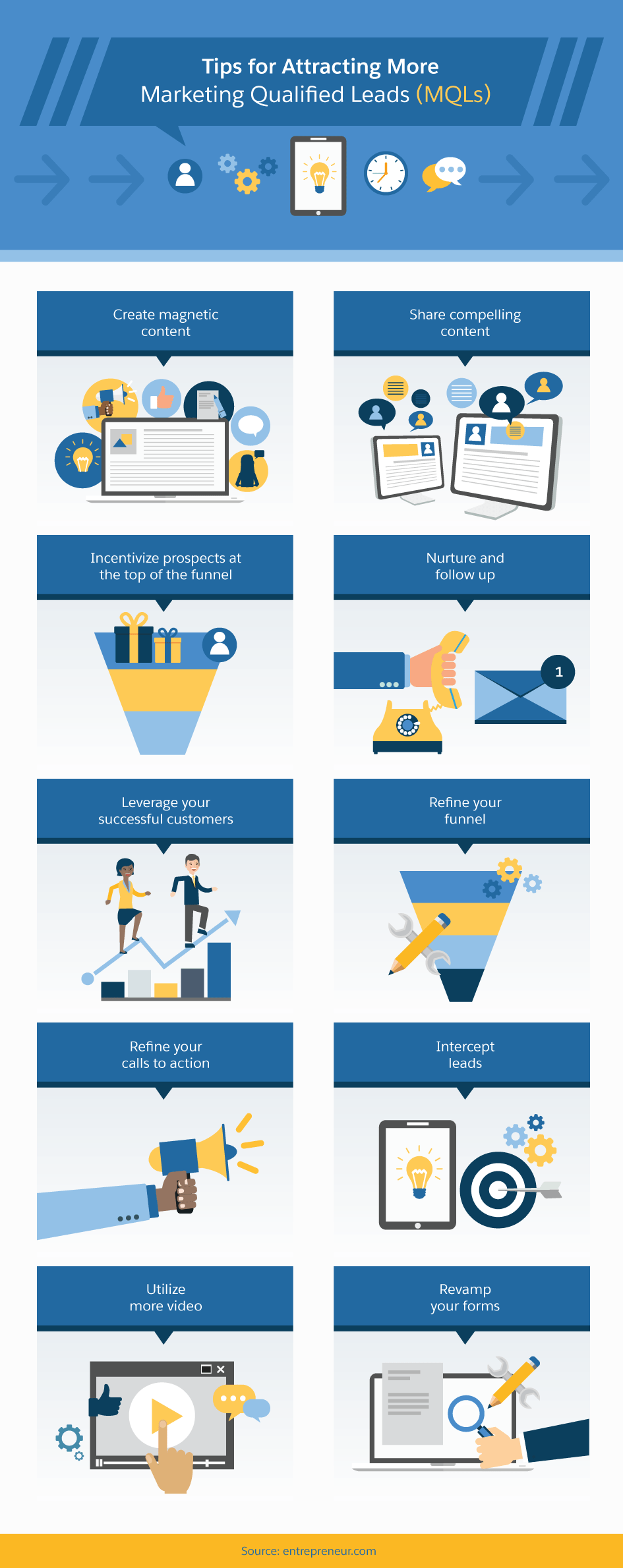
SQLs
When can a marketer put their seal of approval on a lead and transition it to sales? When they have more information about why a prospect is interested and how sales can best approach them. SQLs have typically gone through all the steps an MQL has, but there are a few nuances missing from the list of MQL traits that mean they haven’t quite reached that sought-after tipping point.
They have indicated that they want to be contacted. Have they clicked on the “Contact Us” button? Filled out your form? Called to set up an appointment?
They’ve revealed the problem they want to eliminate or the goal they want to accomplish with your products or services. Is this goal in line with what your product can accomplish?
They are clearly empowered to make the decision to buy for their business, household, or other group.
They have the available budget.
They’re willing to reveal this kind of information to you, as well as discuss their potential purchase with an actual person.
MQLs and SQLs can look really similar. And the differences between the two may be even more subtle in your business. If you have a retail ecommerce site that sells feather dusters, for example, it’s unlikely a household consumer will set up a meeting with you before clicking the “Buy” button. Fleet-level vehicle sales, however, are a different story.
So how do you know what’s right for your company? The best CEOs get into the heads and hearts of their leads.
How Customer Journeys Can Help
Customer journeys can help you understand when your prospects are ready to buy, and when they need a little more time with marketing by helping you zero in on the thoughts and emotions of your leads. When you engineer every step in the customer journey from start to finish and build in ways to check in with individuals (such as requiring click-throughs to continue and filling out progressively deeper forms), you’ll know exactly where your leads stand so you can hand them off to sales at the right moment.
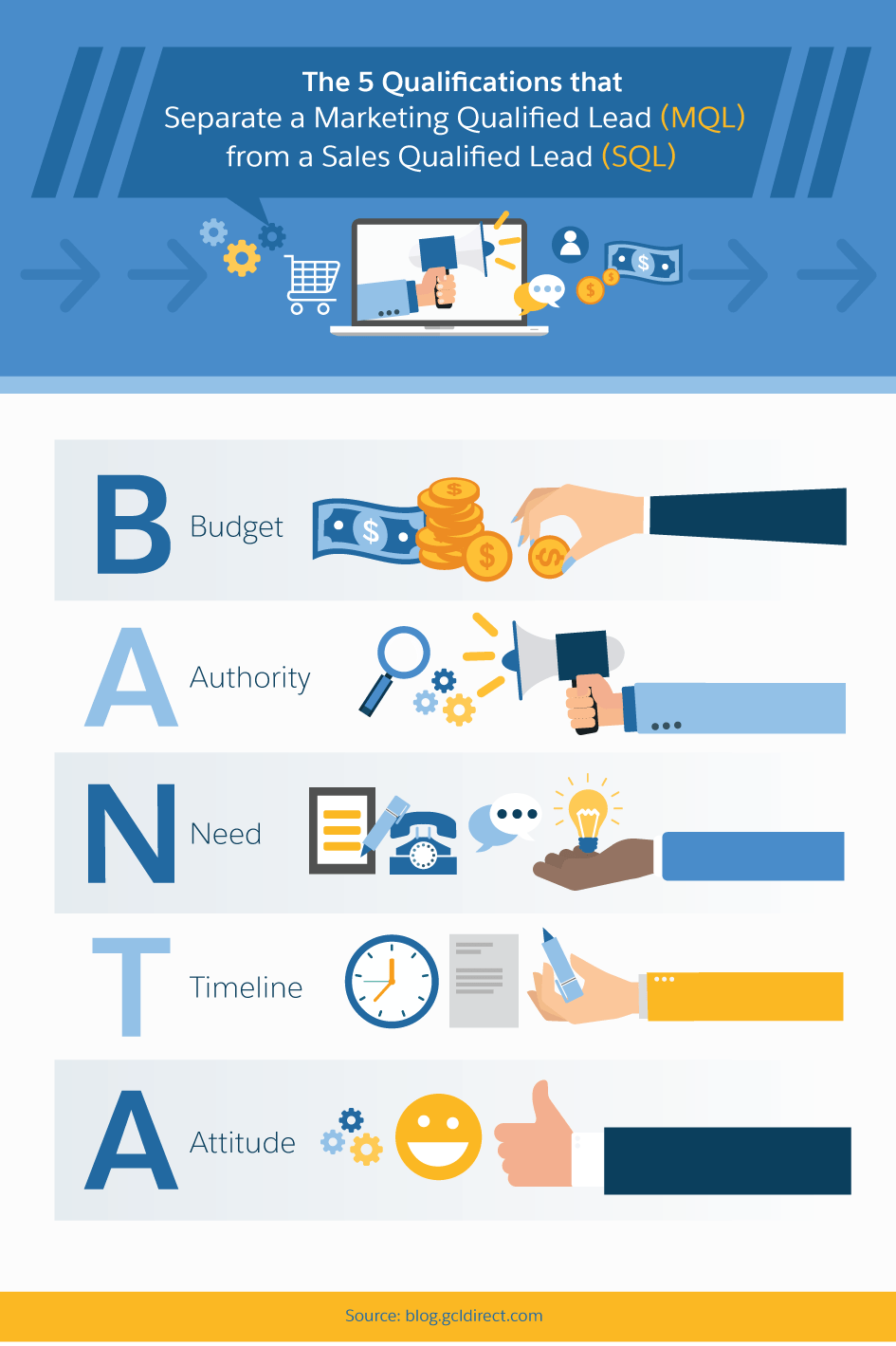
The Handoff
Now that it’s time for the MQL to SQL handoff, there’s a new challenge: how to do it. Good handoffs:
Keep Messaging Consistent. By the time sales take over, prospects are accustomed to seeing your brand and products in a certain light. They like the features and benefits enough to seriously consider a purchase. If sales starts talking about a whole new set of them, it can lead to confusion and second guessing. To ensure a smooth handoff, stay focused on what brought in a prospect to begin with and use the same language across all departments.
Personalise the Experience. Whether the customer is simply checking out the items in their online shopping cart or needs to set up an appointment to go over all the details with a sales rep, find ways to personalise this critical step. Something as simple as a handwritten note with a greeting or a question about gift wrapping can go a long way in ensuring a lead feels taken care of throughout their journey.
Track and Analyse Track and analyse your conversion rates so you can test new strategies and fine-tune your process. Sharing changes in your MQL-to-SQL conversion rate with marketing and sales can help them see just how much their cooperation changes the game for everyone.
How Customer Journeys Can Help
Mapping the customer journey can be an intensive, time-consuming process, but it’s one of the best ways to bridge the gap between departments, especially between marketing and sales. It forces you to look at the sales funnel from the perspective of your customers, digging deep into their behaviours as well as their motivating factors. Top CEOs give both departments critical roles in developing customer journey maps and designing the whole experience to keep messaging consistent, as well as point out any sticking points in the current system to help bridge the gap.
If you don’t have a customer journey mapping program in place, you’re not alone. Only 30 percent of companies have great marketing-sales alignment, and many of the 70 percent of companies who aren’t hitting the target don’t have effective customer journey maps nailed down yet. That means everyone else is missing out on key aspects of a successful handoff.
But don’t worry: You can get started by tracking customer data throughout their ride through the sales funnel. Based on that data, you’ll learn what kinds of marketing materials MQLs need to receive, how to successfully transition leads from marketing to sales, and how sales can best convert leads to customers. With sales and marketing working together, they can make the MOFU an effective part of the customer journey.


